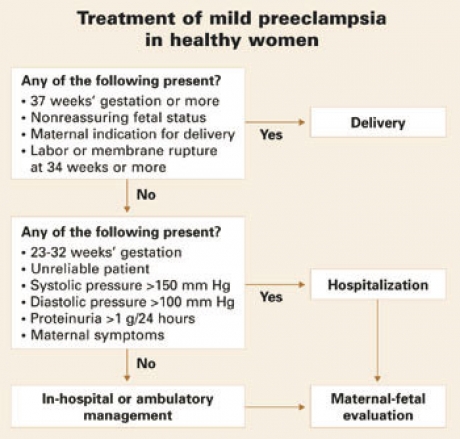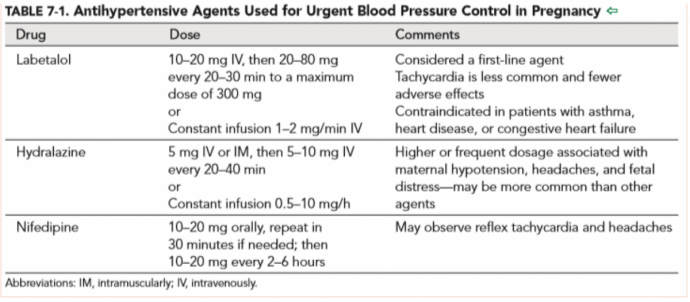Board Review: Keep Calm its about the BUMP
A 27-year-old female otherwise healthy presents to the ED with headache and bilateral lower extremity swelling. Her vital signs at triage are as follows: HR 110 BP 180/110 T 99F RR 15. She gave birth to a full term baby boy at home yesterday after scant prenatal care. While examining the patient she has a generalized tonic-clonic seizure. What medication do you give first?
A. IV Lorazepam
B. IV Levetiracetam
C. IV Ketamine
D. IV Magnesium Sulfate
D. The patient has eclampsia, the hallmark of which is seizures that can occur as far as 6 weeks out from delivery. In fact, almost ⅓ of eclamptic seizures are postpartum. This patient was noted to be otherwise healthy but delivered at home with scant prenatal care. She likely had undiagnosed late onset preeclampsia (new onset hypertension and proteinuria or end-organ dysfunction after 20 weeks of gestation) that progressed to eclampsia (preeclampsia plus seizures). Your first line medication in this case is magnesium. Give an initial 6g IV bolus followed by an infusion at 1-2g/h. If you are unable to establish IV access, you can give 10g of magnesium IM in each buttock followed by 5g IM every 4 hours. Benzodiazepines can be used for refractory seizures but are not first line for eclampsia. Keep this diagnosis in your differential for the unresponsive seizing woman of childbearing age!



Marcantel, D et al. "Pre-eclampsia and Eclampsia: Common Pitfalls in Diagnosis and Management." EM Docs (Aug 2016). <http://www.emdocs.net/preeclampsia-and-eclampsia-common-pitfalls-in-diagnosis-and-management/>. (Dec 20, 2019).
Sibai, B. "Expectant Management of Preeclampsia."OBG Manag. 2005 March;17(3):18-36. <https://www.mdedge.com/obgyn/article/61753/expectant-management-preeclampsia.> (12/201/9).
